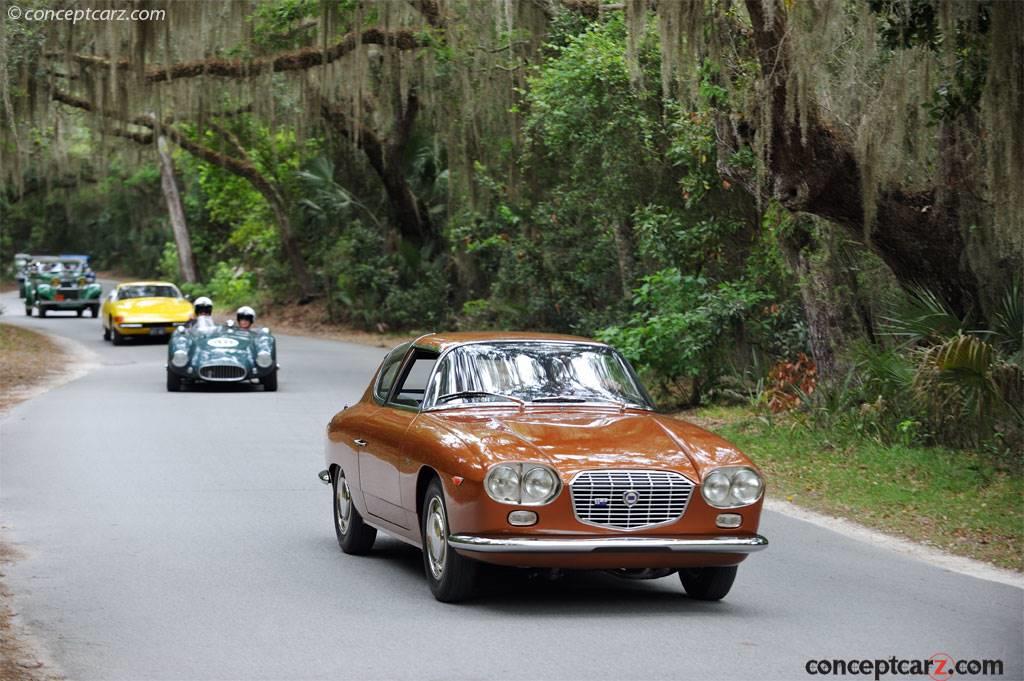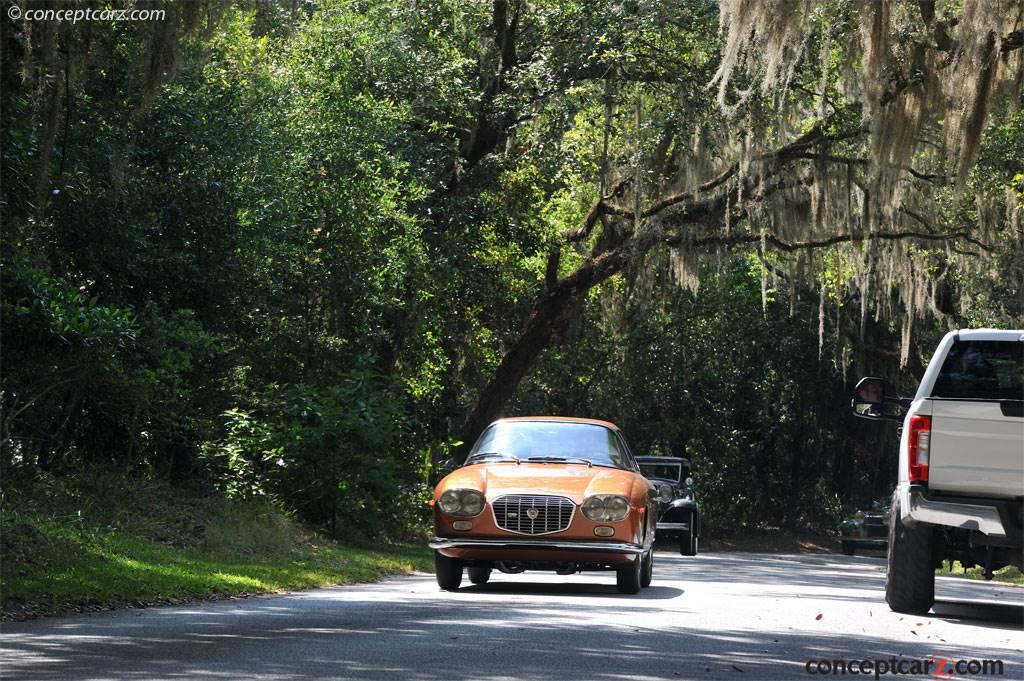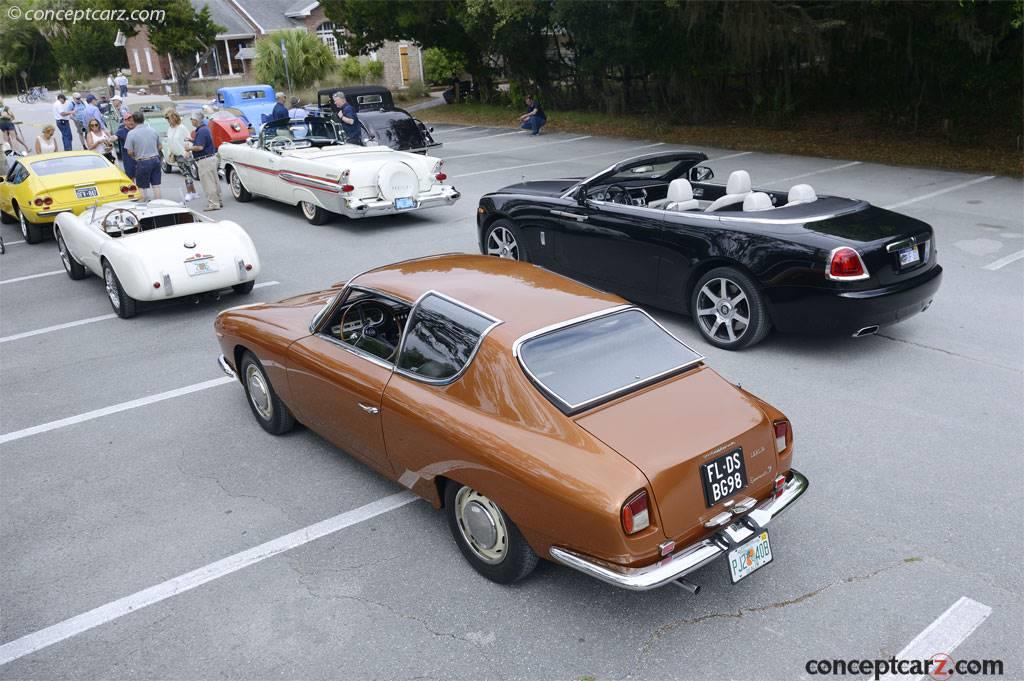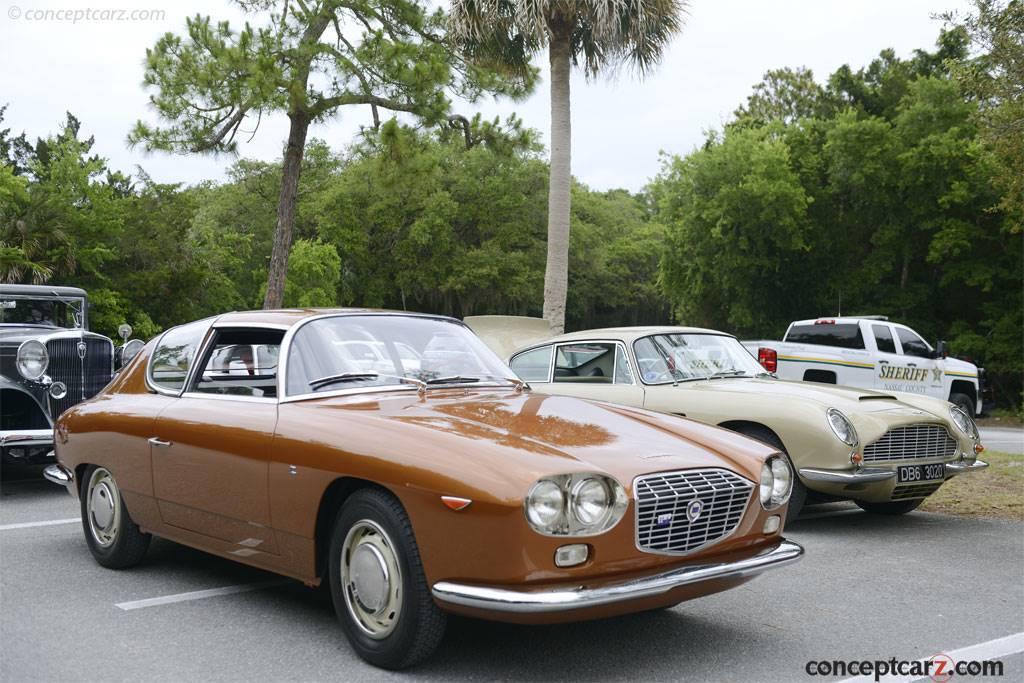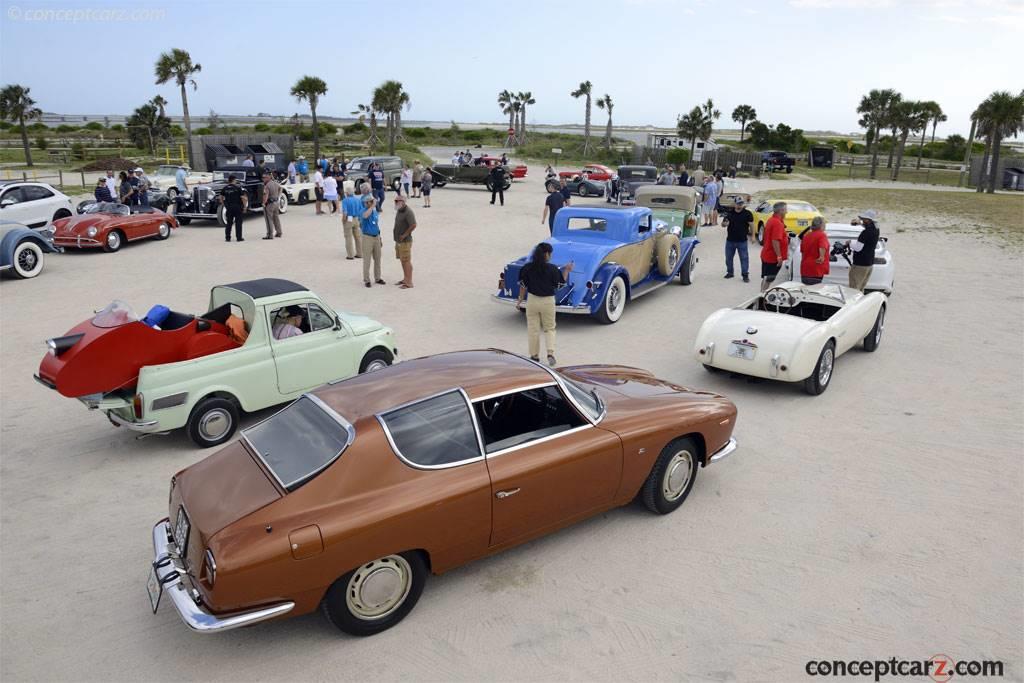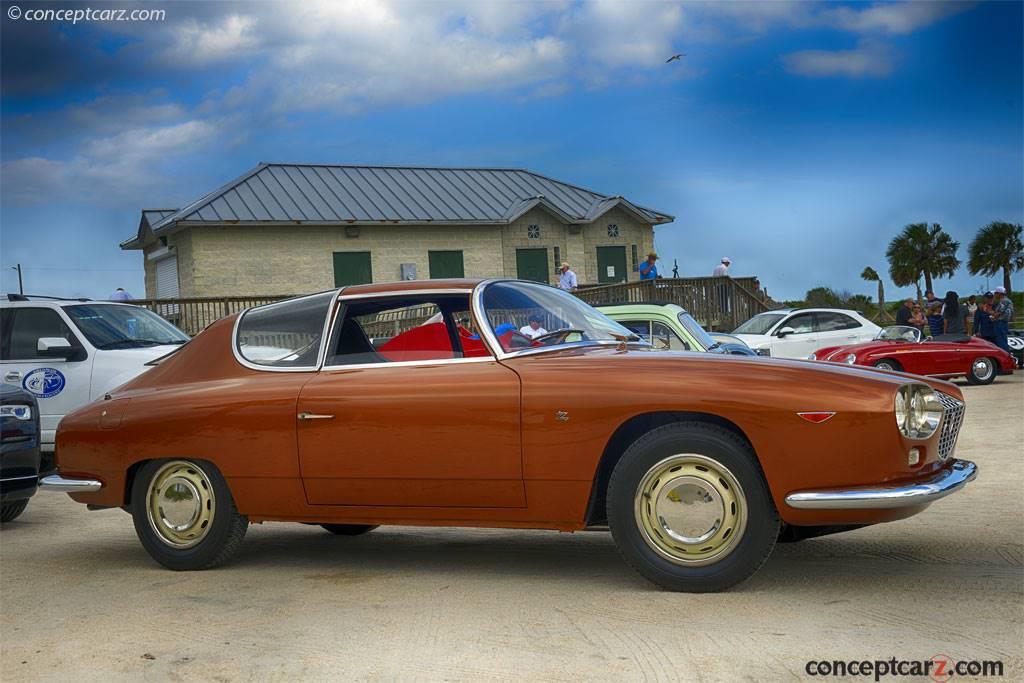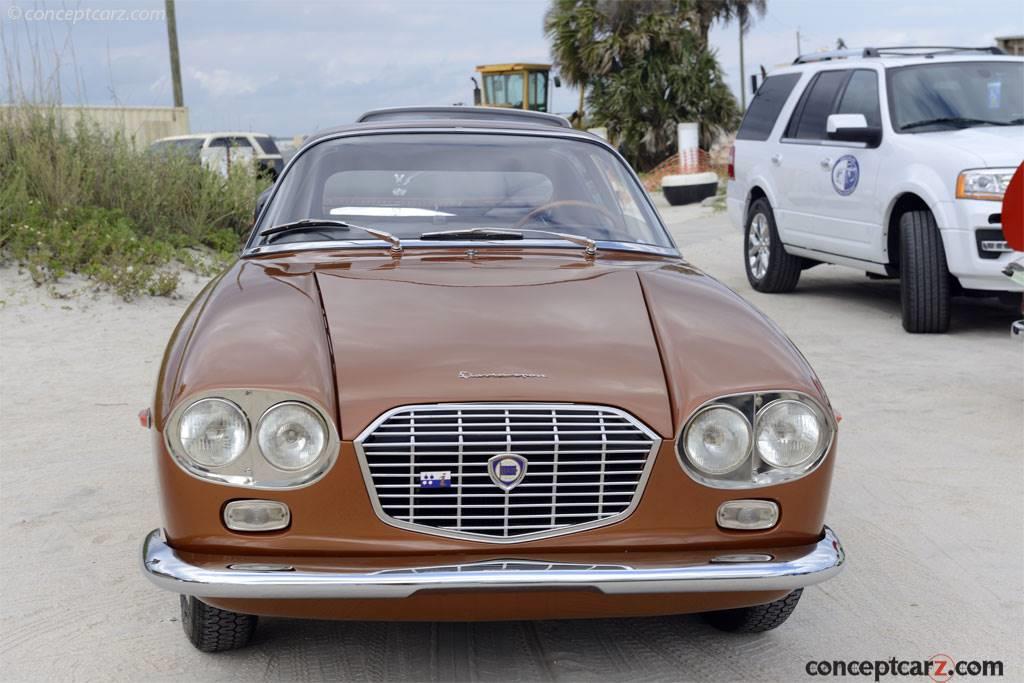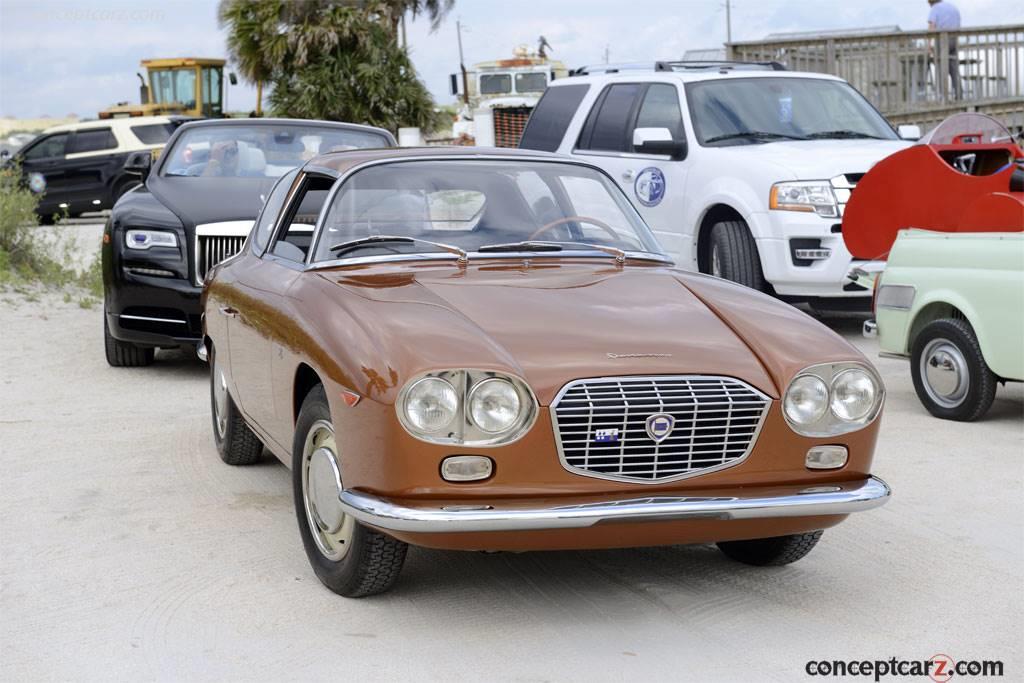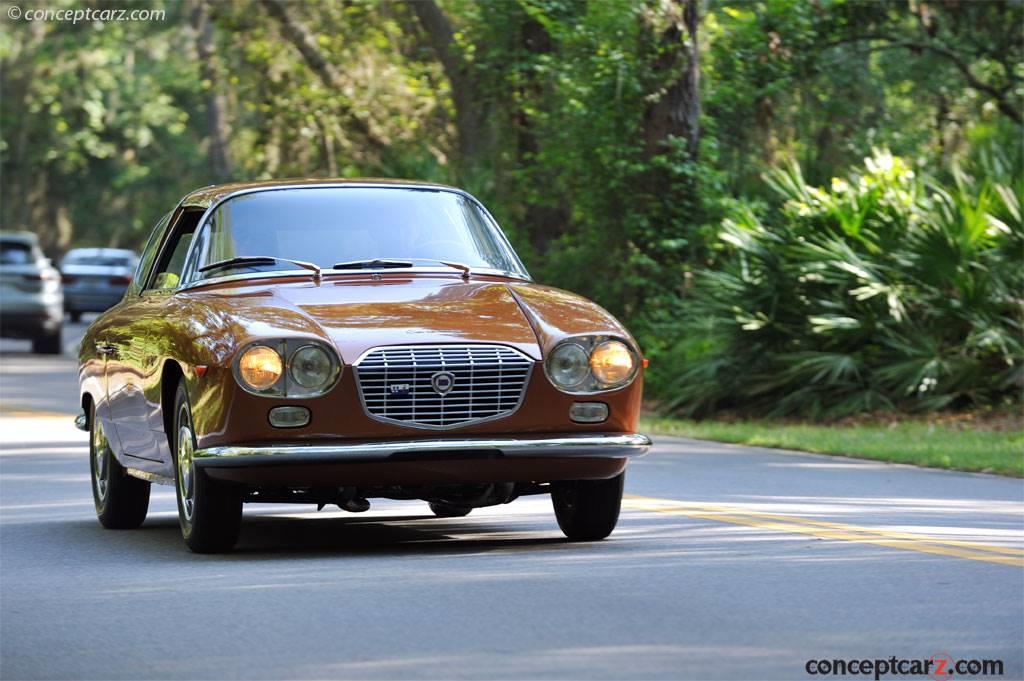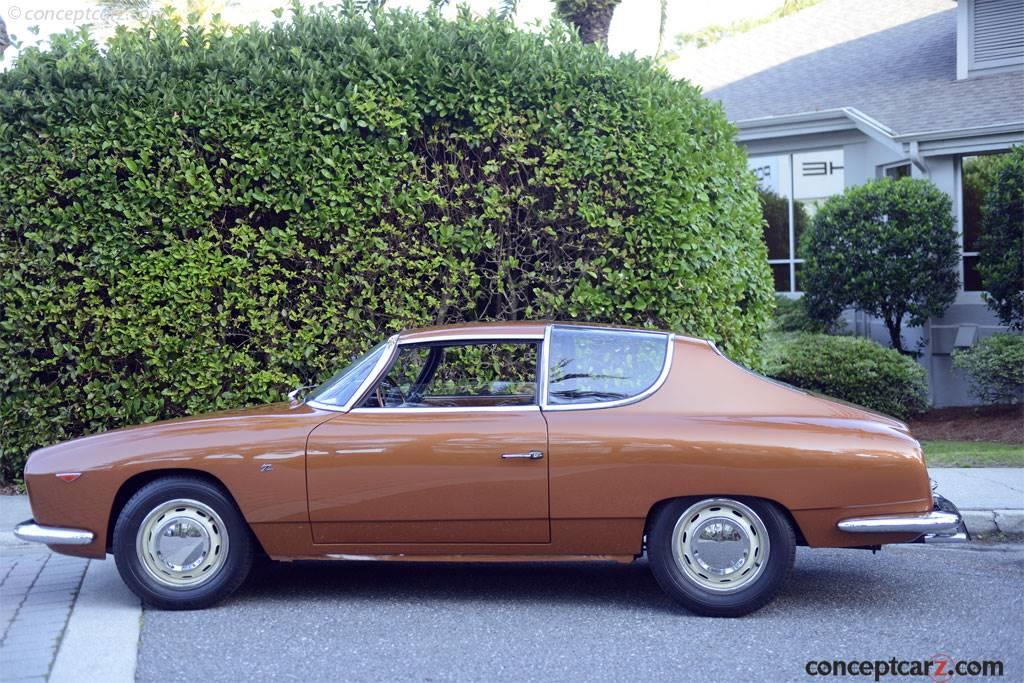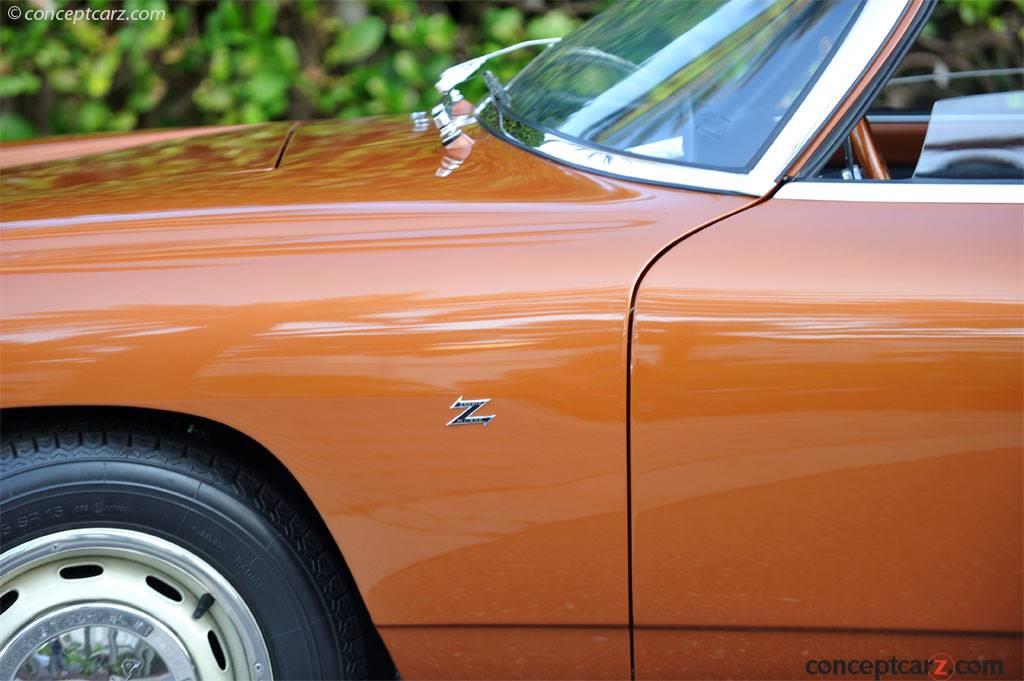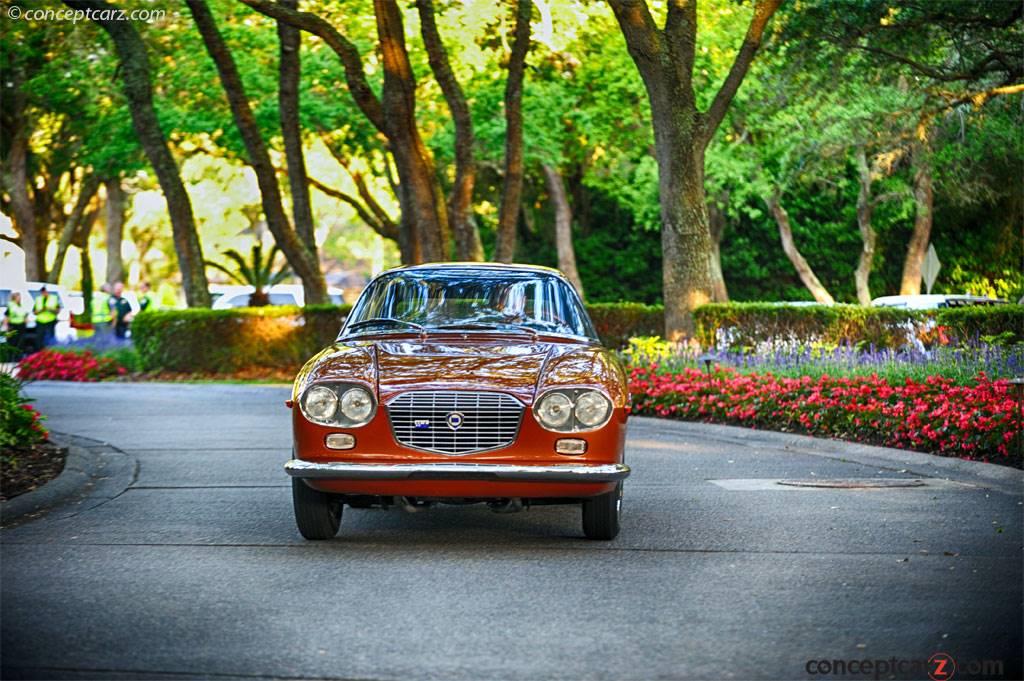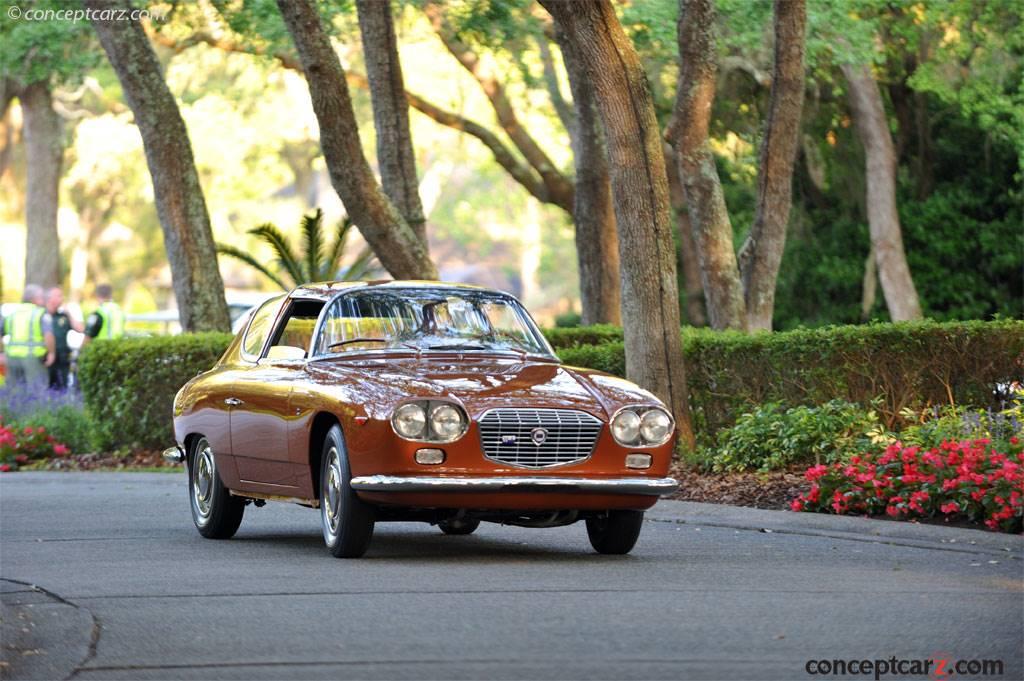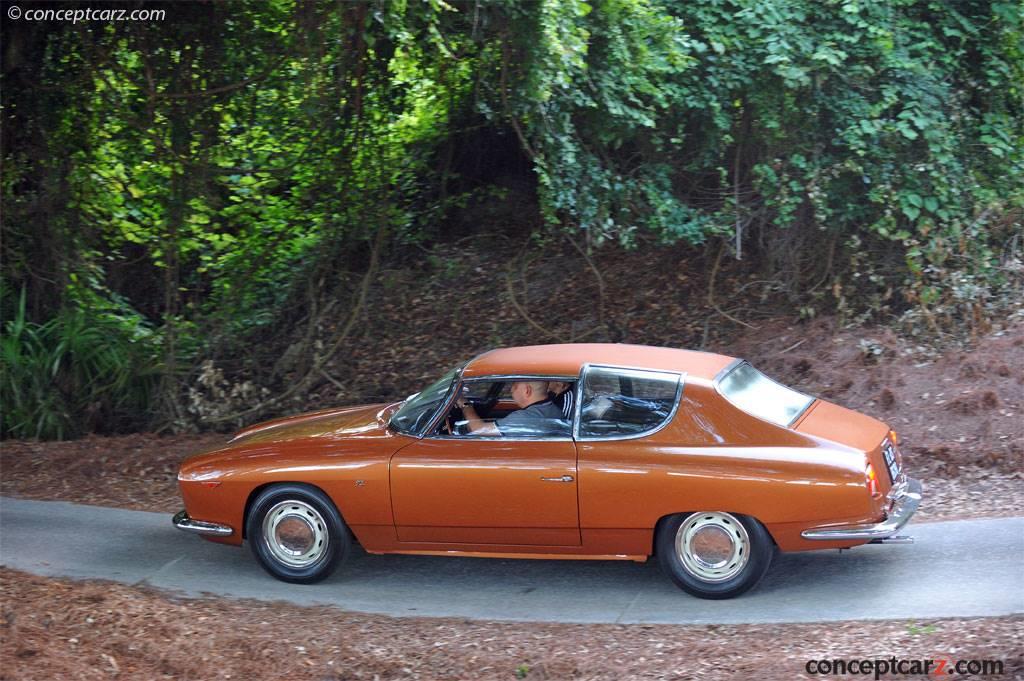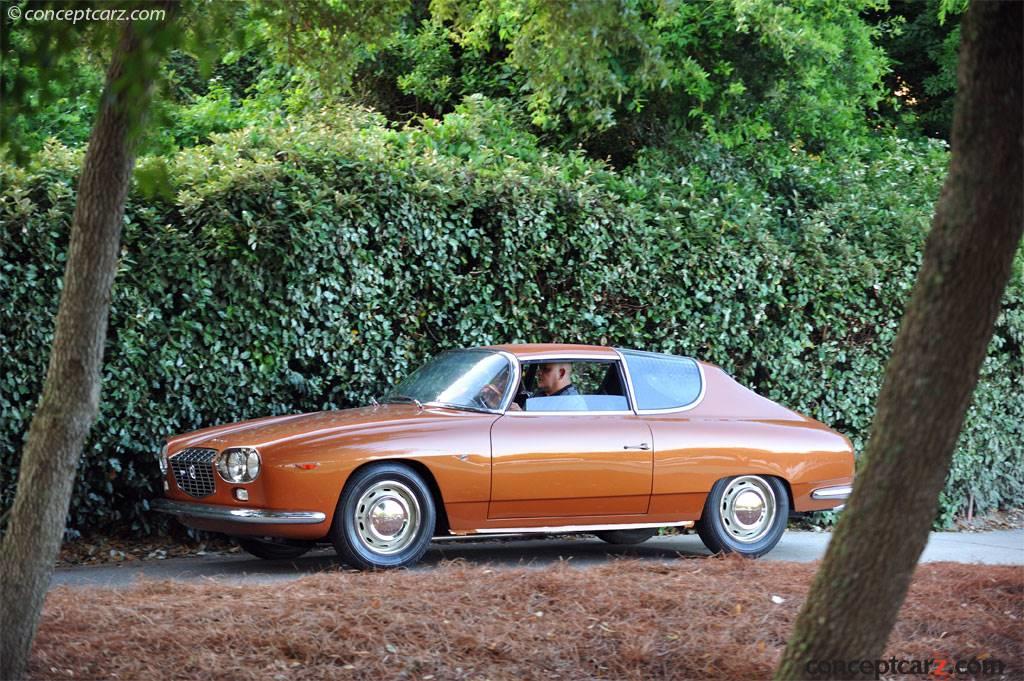Design by Ercole Spada, Zagato’s main man of the era, it possessed some earlier Zagato motifs, such as the windows into the roofline, which harkened back to the Panoramic Fiats of the early 1950s.
About 32 Zagato-bodied 1.8-liter Iniezione Flavias were made; the rest were normally aspirated, two carburetor models.Only 626 of the Zagato-bodied models were built plus three prototypes. Ninety-eight were 1500s and the remaining 512 received the larger 1800 engine.
Zagato worked primarily in aluminum, and the quest for saving weight carried over into the interior and even the paint. The paint was applied sparingly, in two or three very thin coats. Needless to say, the paint did not survive long. The interiors were also thin, particularly the vinyl, for weight reduction.
The Flavia was named after Via Flavia, a Roman road leading from Trieste (Tergeste).
